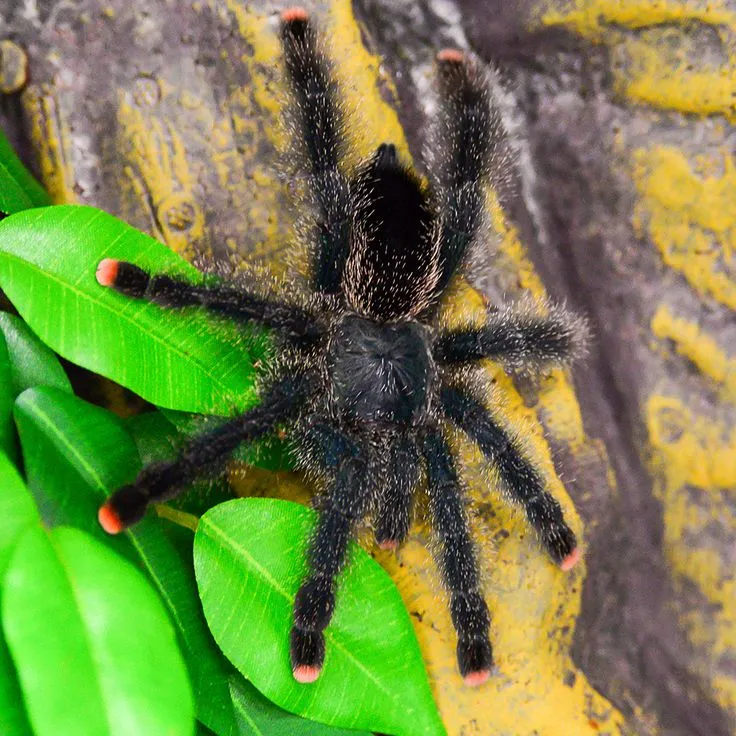Pinktoe Tarantula Size The Basics
The pinktoe tarantula (Avicularia avicularia) is a popular pet among arachnid enthusiasts, and understanding its size is crucial for proper care. Knowing how big a pinktoe tarantula gets helps in providing the right enclosure, feeding schedule, and overall environment. Size is also an indicator of health and well-being, so paying attention to this aspect is fundamental to responsible tarantula ownership. This guide offers essential facts about the pinktoe tarantula size, covering everything from growth rates to handling considerations.
Average Size and Growth Rate
Pinktoe tarantulas typically reach a leg span of 4 to 6 inches (10 to 15 cm) when fully grown. However, their growth rate varies depending on factors such as feeding frequency, temperature, and individual genetics. Spiderlings start small, usually less than an inch, and undergo several molts throughout their lives to reach their adult size. These molts are critical, as they allow the tarantula to shed its exoskeleton and grow. The frequency of molting decreases as the tarantula ages, with adults molting once a year or even less often.
Factors Influencing Size
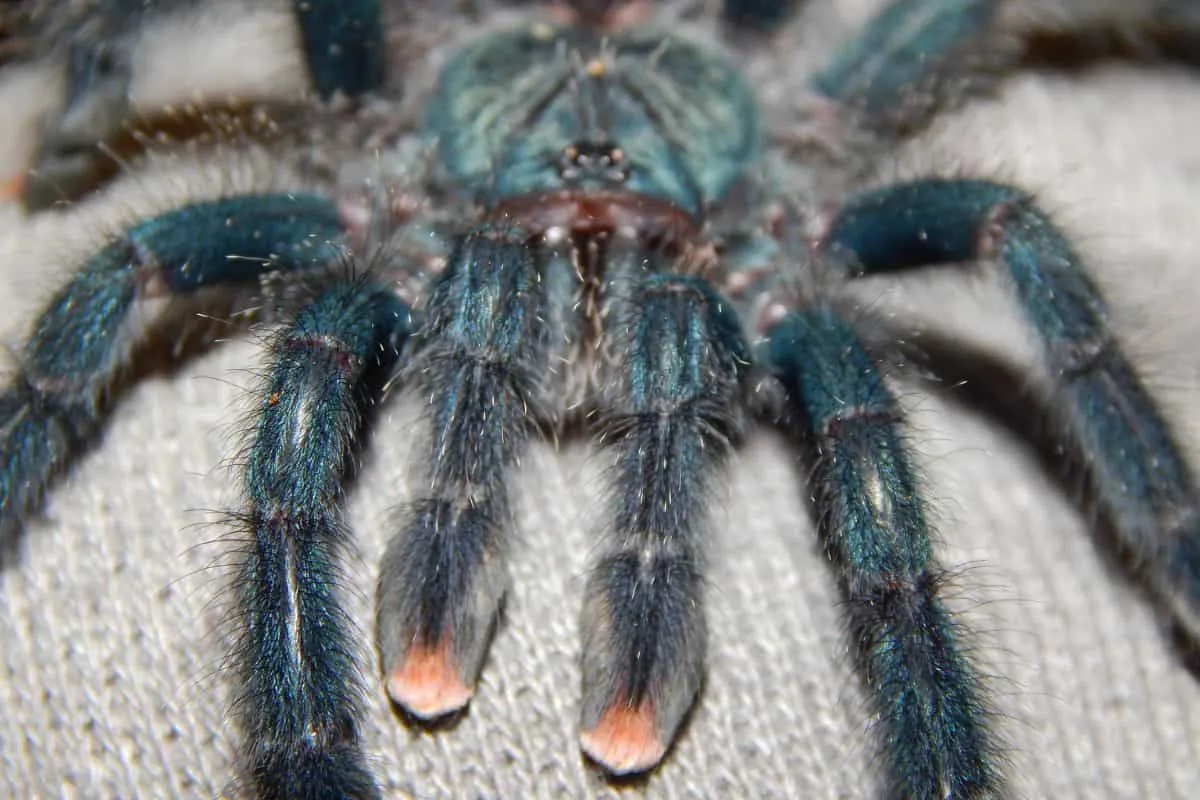
Several factors can influence the ultimate size of a pinktoe tarantula. Proper nutrition is vital; a diet consisting of appropriately sized insects is essential for healthy growth. The temperature and humidity levels in their enclosure also play a significant role, with optimal conditions promoting faster growth. Genetics are also a factor, as some tarantulas may naturally grow larger than others. The quality of care provided by the owner heavily influences these factors, which impacts the overall size and health of the tarantula.
Gender Differences in Size
Gender can also influence the size of pinktoe tarantulas. Generally, females tend to be larger and heavier than males. This size difference becomes more noticeable as they mature. Male pinktoe tarantulas often have longer legs in proportion to their body size, while females have a more robust build. Understanding these differences is important if you’re looking to breed them, as the female’s larger size is an advantage during the process.
Male vs Female Pinktoe Tarantulas
Distinguishing between male and female pinktoe tarantulas involves examining their molted exoskeletons. Males have a more slender body shape and may possess tibial hooks, which are used for mating. Females are generally bulkier. Additionally, female pinktoes can live significantly longer than males, often living for over 10 years, while males usually live for only a few years after reaching maturity. This longevity is another factor influencing their size difference.
Largest Recorded Sizes
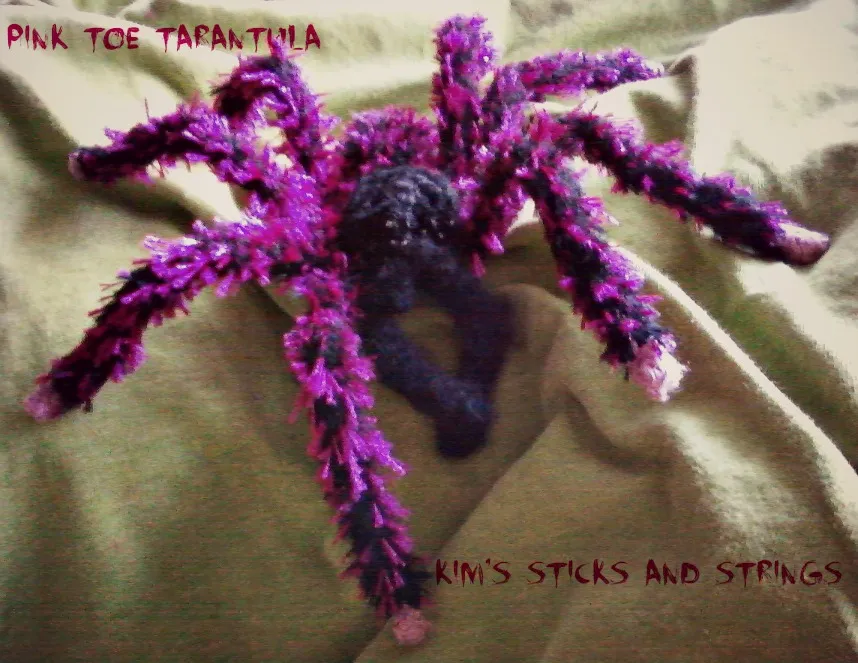
While the average size is around 4 to 6 inches, some pinktoe tarantulas can grow slightly larger under optimal conditions. Exceptional specimens may exceed this range, but it’s rare. The largest sizes are typically observed in well-cared-for females with access to a consistent supply of food and a stable, comfortable environment. These larger tarantulas demonstrate the importance of proper care, which can contribute to slightly larger growth potential, though not by a significant amount beyond the average.
Understanding Size in Captivity
Keeping a pinktoe tarantula in captivity requires careful consideration of its size. The enclosure should be appropriately sized, allowing the tarantula to move around comfortably while providing a sense of security. Overcrowding and inadequate space can lead to stress and health problems. The substrate, decorations, and overall setup should mimic the tarantula’s natural habitat to facilitate healthy growth and behavior. Regular monitoring of the tarantula’s size and condition is essential to ensure its well-being.
Importance of Proper Enclosure
The enclosure is fundamental to the pinktoe tarantula’s health. It should be large enough to accommodate the tarantula’s full size, including its leg span, with ample space for it to move, molt, and hunt. The enclosure should also be well-ventilated to maintain appropriate humidity levels. Secure the lid to prevent escapes. The enclosure’s height is critical, as pinktoes are arboreal and prefer to climb. The substrate should be appropriate for the tarantula to burrow and should maintain humidity, preventing dehydration.
Feeding and Its Impact on Size
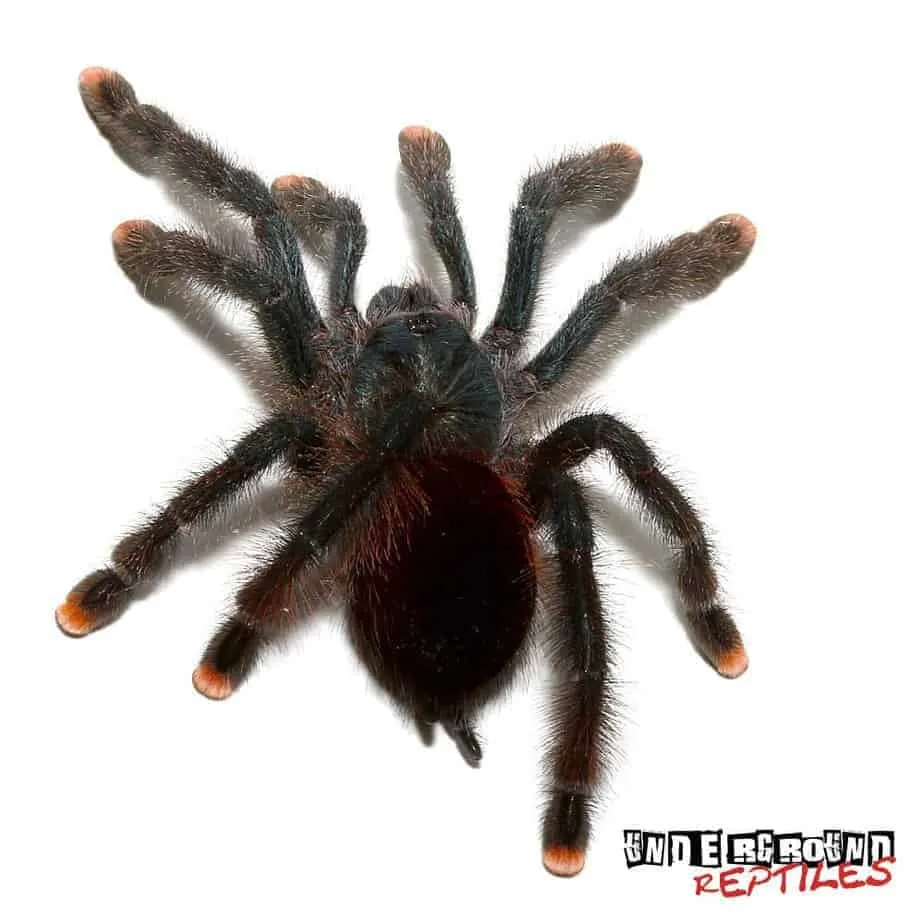
Proper feeding is one of the most important aspects of raising a healthy pinktoe tarantula. The frequency of feeding and the size of the prey depend on the tarantula’s age and size. Spiderlings require more frequent feedings, usually every few days, while adults can be fed less often, perhaps once a week or every other week. Overfeeding can lead to obesity and other health problems, while underfeeding can stunt growth. A varied diet of appropriately sized insects is critical.
Impact of Temperature and Humidity
Temperature and humidity are critical for a pinktoe tarantula’s well-being and directly affect its size and growth. The ideal temperature range is typically between 75°F to 85°F (24°C to 29°C). Humidity levels should be maintained between 70% and 80%, which can be achieved by misting the enclosure and providing a water dish. Proper temperature and humidity facilitate molting and prevent dehydration, promoting healthy growth and size. Too high or too low levels can be fatal.
Size and Overall Health
The size of a pinktoe tarantula is a good indicator of its overall health. A healthy tarantula typically exhibits consistent growth, molting regularly as it matures. Signs of a healthy tarantula include a plump abdomen, clear markings, and active behavior. Conversely, a tarantula that is not growing appropriately, has a shrunken abdomen, or shows other signs of stress may have underlying health problems. Regular observation is important to identify any issues early.
Signs of a Healthy Tarantula
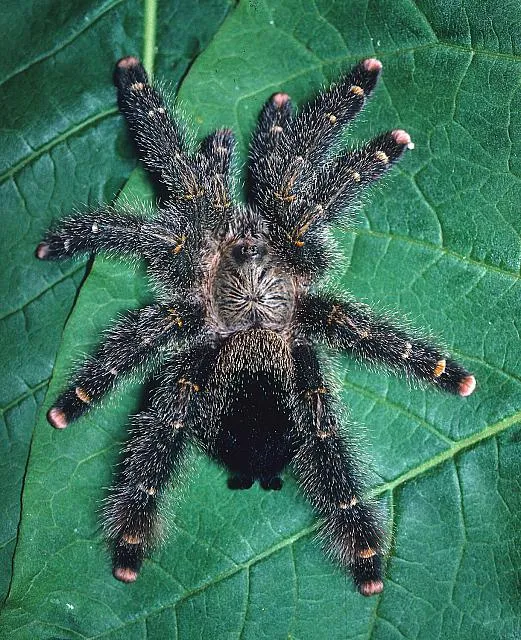
A healthy pinktoe tarantula will exhibit several key characteristics. These include a robust appetite, regular molting cycles, and an active behavior pattern. Their abdomen should appear plump and not shrunken or wrinkled, and their colors should be vibrant. They should display a good sense of awareness and react normally to stimuli in their environment. Furthermore, healthy tarantulas typically move fluidly and have clean exoskeletons. Any changes from the normal appearance may indicate health issues.
Potential Health Issues Related to Size
Improper size can indicate underlying health issues. A pinktoe tarantula that is significantly smaller than average for its age may be suffering from malnutrition, poor enclosure conditions, or other health problems. Conversely, a tarantula that is oversized may have been overfed, leading to obesity. Some health issues directly related to size include dehydration, caused by improper humidity, and parasitic infections, from contaminated food. Regular checks are critical to addressing any issues.
Size and Handling Considerations
Understanding the size of your pinktoe tarantula is essential for safe handling. While pinktoes are not typically aggressive, they can bite if provoked. Their size influences how they should be handled; smaller tarantulas require more delicate handling, while larger ones need careful support. It is generally recommended that handling be kept to a minimum, as it can cause stress. If handling is necessary, it should be done slowly and with caution to prevent falls.
Safe Handling Practices
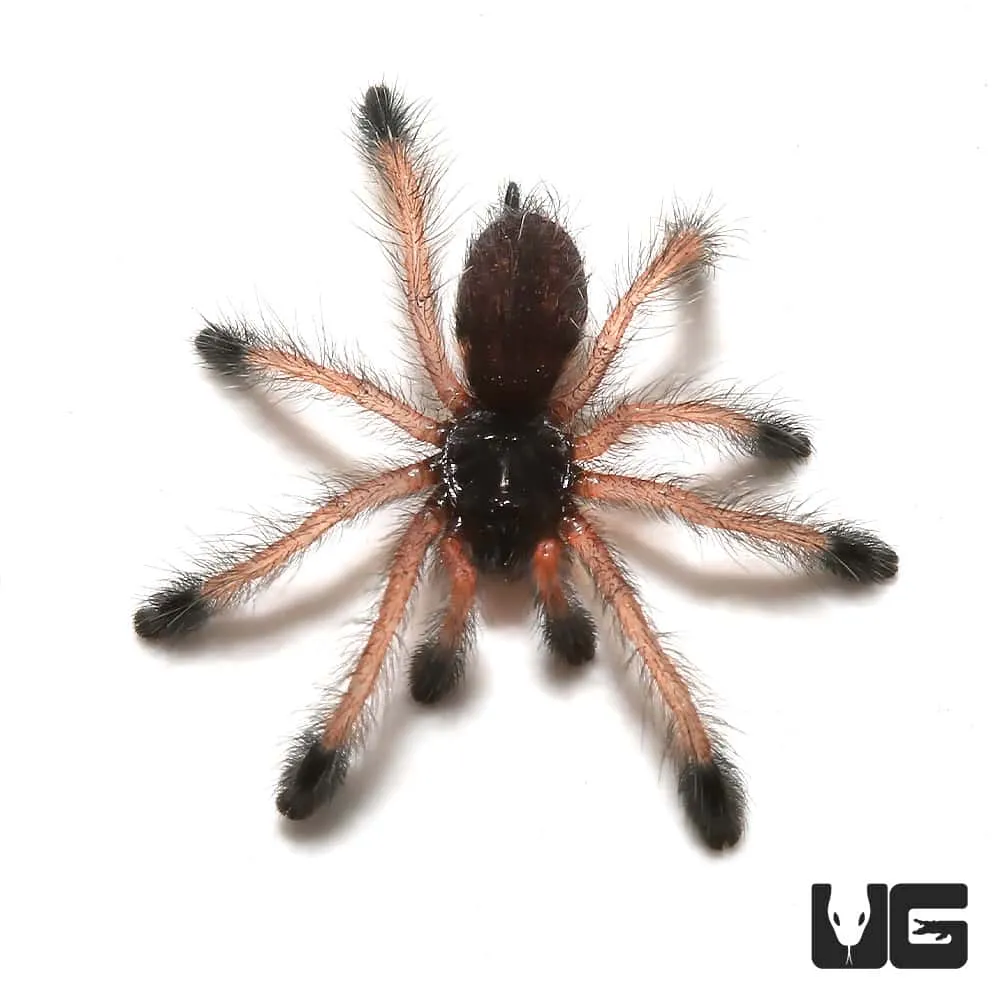
If you choose to handle your pinktoe tarantula, it is vital to follow safe practices. Always wash your hands before and after handling, and ensure you have a clear, unobstructed view of the tarantula. Handle it close to the ground or a soft surface to minimize the risk of injury if it falls. Avoid sudden movements or actions that might startle the tarantula. Never handle the tarantula if it is in the process of molting, as it is particularly vulnerable during this period.
Observing vs. Handling
Observing your pinktoe tarantula provides a better understanding of its behavior and health without unnecessary stress. Regular observations let you identify any unusual behavior patterns or physical changes. Handling should be reserved only when it is absolutely essential, like cleaning the enclosure or health checks. Many tarantula owners prefer to observe their pets, gaining satisfaction from witnessing their natural behaviors and ensuring a long, healthy life.
Conclusion
Knowing the pinktoe tarantula size and what factors affect it is crucial for responsible pet ownership. From providing the right enclosure to ensuring a balanced diet and monitoring their health, understanding these factors is the key to a thriving tarantula. By using this guide, you can create an environment in which your pinktoe tarantula can flourish, living a long and healthy life. Remember, that regular observation, proper care, and a focus on their well-being are the keys to your tarantula’s success.
